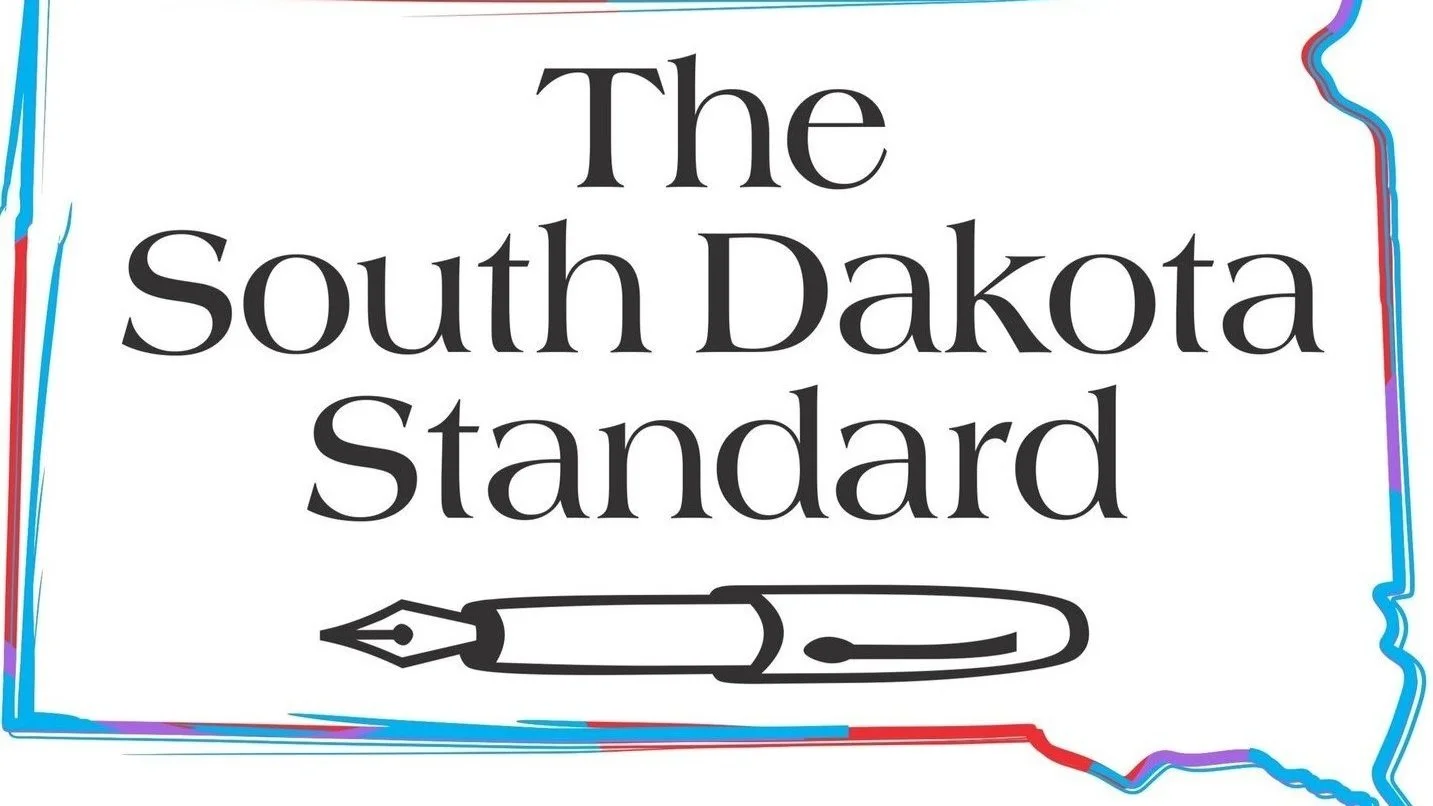Levsen: Yes, there is a problem at the southern border, but grandstanding and mean-spirited buzzwords won’t solve it
As the fight over immigration continues, can we agree on these two things?
1. We have a major problem on our border with Mexico.
2. The problem is due to faults in the process, not the people.
Overstatement is standard procedure in partisan politics; it gets you on TV and triggers social media. Here are some notable attention-getting comments:
“Crisis!”
“Poisoning the blood of our country.”
“Invasion.”
“Most important issue.”
“Tens of thousands in caravans.”
“Cartel fentanyl smugglers.”
“Disease-ridden criminals.”
“Civil war.”
“Terrorists.”
Everyone acknowledges things are really difficult every day on the southern border (as exemplified by the public domain photo above, picturing the apprehension of undocumented immigrants in Texas, as posted in wikimedia commons) . As we all get flooded with dramatic political sloganeering and posturing, it’s worth a step back for a big-picture perspective.
This problem is not as overwhelming as it is being described, and the human beings involved are not demons.
There is no denying the negative impact is immediate and especially harmful for some localities. Most estimates fall around 3 million annual total for all those crossing the southern border. That’s a big number, but it’s less than 1% of the USA population.
It also does not take into account hundreds of thousands of deportations and voluntary returners. Obviously, this is not enough to “poison the blood of our country,” whatever one thinks was meant by that.
Approximately 14% of USA residents are foreign-born. That’s relatively high historically, but not the most ever. Net immigration now would raise that just a bit and seem to indicate less urgency than some claim to see. In many respects, it’s a good thing. Three million may be too much of a good thing, but zero is too few.
New residents are younger and have bigger families. It’s projected the necessary Social Security balance between workers and recipients will hold through 2035 only if we continue to accommodate enough new, younger immigrants.
Not including the murkiness of how to classify those in the current asylum mess, about three fourths of all immigrants arrive through official processes. Among those here without approved status are millions who occupy jobs on the first step of the economic ladder. They work in food, construction, hospitality, and other tasks that are often too onerous and/or too low paying for those born here.
Everyone acknowledges the need to continue to replace these employees as they work up to better things. If we don’t, are you ready to pay $10 for a head of lettuce — if it’s even available?
Undocumented employees pay taxes but don’t qualify for entitlement programs, so that’s a net budget plus. Newcomers have lower crime rates so that’s good, too. Many bring skills in short supply here.
Photo-ops and videos of families trying to enter the asylum system serve those who want to demonize those folks. It is clear, though, that our southern immigration setup is something that needs to be done better, not stopped. An enlightened self-interest alone, beyond any humanitarianism, tells us we need these people. We may shut things off to reconfigure our process, but a full closing needs to be temporary.
Overstating the problem and intentionally mischaracterizing the issues for partisan political gain is unenlightened short-term thinking. This is a really big problem and has been for decades, but the current “crisis” isn’t even close to the top of a list of our most important problems.
A rational, fact-based perspective might help facilitate an honest effort to fix it — if there is an honest intent to fix it.
Mike Levsen is a former mayor of Aberdeen and a regular contributor to The South Dakota Standard.







